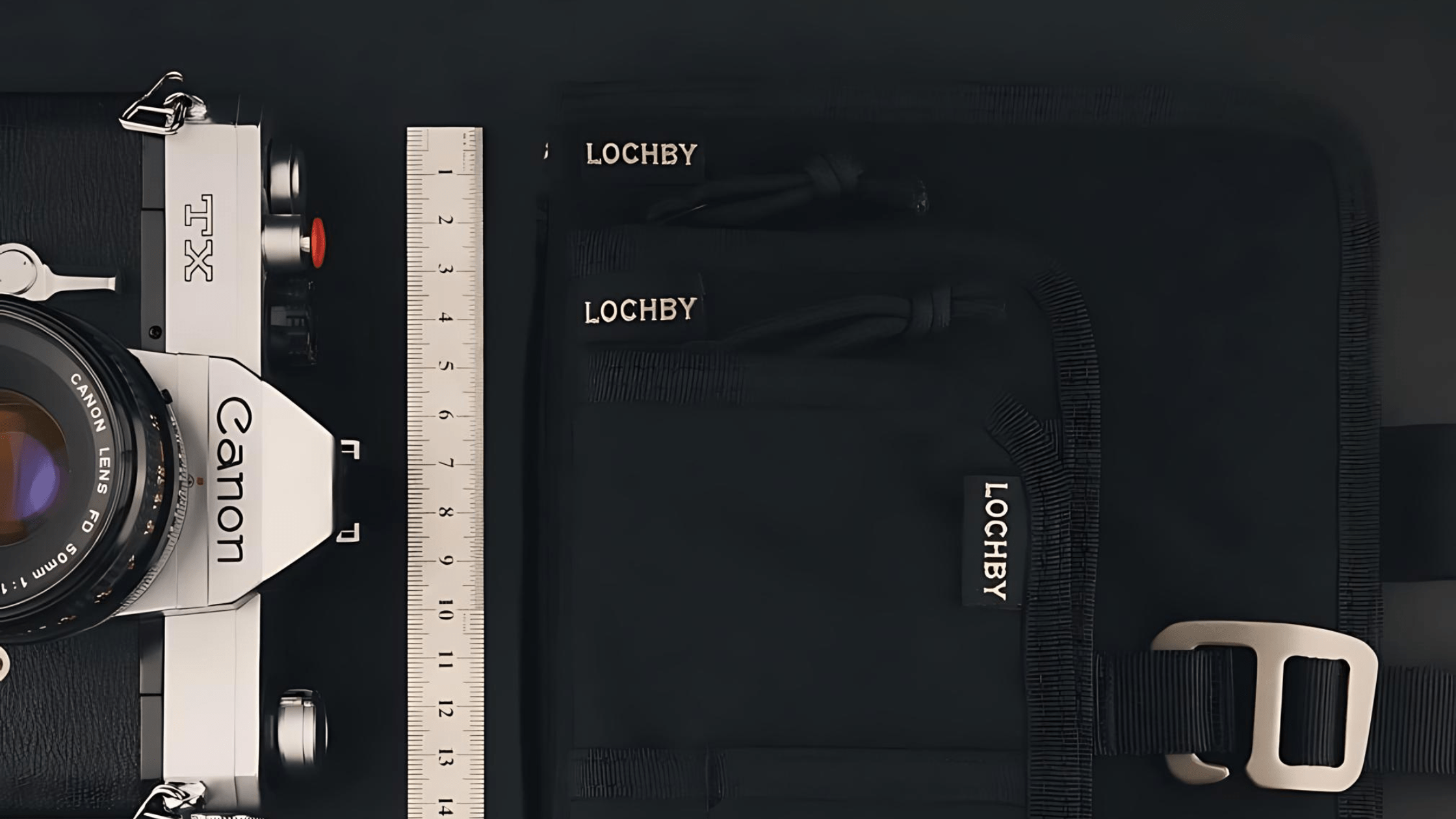In an ideal world - whether in school, at work, or just life in general - finishing tasks can be accomplished by simply listing them down, knowing which ones are due for the day, completing them all, and then ticking them off your to-do list. No fuss, no drama, right? But here's the reality: more often than not, we face a mountain of tasks daily and have no idea which one we need to do first. Most people think otherwise, but all they're doing is responding to demand and pressure. By default, whichever task they're being pressed to complete right now has to be the most urgent one - even though there are times that this isn't the case. What's worse, despite all the work they've done, two things end up happening: they either don't reach their goal or miss an important deadline. That's time wasted with very little to prove.
But how do we sort through our daily, monthly, and yearly tasks to figure out which one we should be doing first? If we truly want to become more effective, efficient, and productive, what steps should we take to properly manage our to-do list, reach all our goals, and never miss a deadline again? The answer is simple: prioritization!
But what is it?
Prioritization is the act of assigning a value - importance or urgency - to certain things. This involves being able to tell whether a task is both, one or the other, or neither. The thing is, a lot of urgent tasks, though necessary, are not always important. On the other hand, important tasks don't always have a deadline and may not be urgent as a result. Meanwhile, other tasks don’t bring you closer to the goals that you've set or help you meet a looming deadline at all; these are the tasks that are neither important nor urgent. Knowing what value to give each task in your to-do list is key to knowing what you should be prioritizing in your day-to-day life.
This is why in today's article, we want to look at the ways we can better identify which tasks are important or urgent, and how having the unique skill of telling them apart can help us get more of the things that matter done.
1. Ready with your to-do list? It's time to plan out your day.
Swamped with tasks and anticipating that more will come in as the day progresses, some people make the mistake of not going over their to-do list before they start working. Unfortunately, they think it's a waste of time. But giving yourself 10 to 15 minutes a day to really go over your list and make a plan is helpful because it allows you to strategize and make the most of what time you have. Instead of diving in and doing as much as you can to tick off the items on your list, consider stepping back and reflecting on how to best tackle each task while maximizing the time you have available to you.
2. Understand each task.
Your list says: reply to emails. It's simple and straightforward, so what else do you need to understand about this task? As part of your strategic planning, you may want to look at the amount of time and effort needed, as well as the cost involved, to complete it. Take note that cost doesn't just mean money; it can also pertain to things such as your reputation at work, or your company's in the industry. Looking at these factors and considering them will help you figure out the weight of a task, which can assist you when it comes to assigning a value to it. Replying to emails is probably the easiest task on your list, but if you work directly with clients and it's a reply to a high profile one, spending more time and exerting more effort in crafting an appropriate response is paramount to keeping the client happy, which benefits you as an individual or your company as a whole.
3. Rank the tasks in your list.
Now that you understand what each task entails, it's time to rank them in order of priority. It can be difficult at the beginning, which is why prioritizing is such a priceless skill to have. If you're having trouble figuring out whether a task is urgent or important, here are some things to remember:
- Urgent tasks need your attention right away, either because they have an immediate or looming deadline, or are already overdue. Whether they're important or not is based on your circumstances, and if they do anything to further a personal goal that you've set. More often than not though, urgent tasks are simple ones that we do not for ourselves, but others.
- In contrast, important tasks have a direct impact on your goals, career, and life for the long term. Whether they're urgent or not depends on what type it is, though it's pretty common for an important task to not have a deadline unless you assign it one.
Different strokes work for different folks, which is why people have created various methods to make it easier for us to assign value to the many tasks we tackle each day. And because there's more than one way to prioritize your tasks, you can choose the method that best works for you. The most important thing, no matter which method you end up using, is to be honest. Give your tasks the true value they deserve.
3.1 The Eisenhower Matrix
Named after former US President Dwight D. Eisenhower and also known as the Urgent-Important Matrix, this was developed by Stephen Covey, author of The 7 Habits of Highly Effective People. It was created based on the principle Eisenhower followed that helped him achieve great things during his time in office and as a war general, and uses four categories to assist people with prioritizing tasks.
- Do First: Important and Urgent. These are the tasks that must be done within the day or the next day at the latest. More than just allowing you to meet a deadline, completing tasks under this category helps you with things such as achieving your personal goals or advancing your career.
- Schedule: Important but Not Urgent. Tasks that are vital to your life (like health) but are flexible enough to be scheduled fall under this category. You don't have to do them right away, though it's best to ensure you block a certain time and day to complete these important but non-urgent tasks, just so you won't keep putting them off for later until they never get done.
- Delegate: Not Important but Urgent. These are for tasks that are urgent but are less important to you. Instead of doing them yourself, which will take away time you can spend on Do First and Schedule tasks, delegate them instead. Make sure to track delegated tasks, whether by phone, email or during meetings, to get updates on progress. After all, we want to make sure they get done!
- Don't Do: Not Important and Not Urgent. Tasks that are neither important nor urgent fall under Don't Do to give you a snapshot of what you shouldn't be doing at all. It's the best way to find out and stop whatever bad habits you have that take precious time away from you - time that you can spend doing more important things.
The Eisenhower Matrix is great for people who are still learning to tell the difference between the important and the urgent. The practice of listing tasks down under the appropriate categories is valuable as it teaches you how to properly weigh them based on your circumstances.
3.2 The ABCDE Method
Created by Brian Tracy, this method uses the first five letters of the alphabet to help you set your priorities straight. By assigning a letter to every task, it will help you determine the ones you should do first. As a general rule, when using the ABCDE Method, you don't move on to the next letter until the tasks under the subsequent one have all been completed.
- A is for "very important" and is meant for the tasks that you have to do. Not doing them will result in serious negative consequences.
- B is for "important" tasks that you have to do, but unlike A, the negative consequences are only minor in comparison.
- C is for "nice to do" and is for tasks that are not as important as A and B. Not completing them has no negative consequences.
- D is for "delegate" and is meant for tasks that you can have others do instead. Assigning the job can free up more time you can spend on A and B tasks.
- Finally, E is for "eliminate whenever possible" to help you determine the tasks that are worth eliminating so you can free up as much time as you can for the rest on your list.
Since much of the focus is on the consequences of doing a certain task or not, the ABCDE Method is perfect for people who are motivated by results.
3.3 Eat A Frog
This method was inspired by a quote from American writer Mark Twain: “If it's your job to eat a frog, it's best to do it first thing in the morning. And if it's your job to eat two frogs, it's best to eat the biggest one first.” Made popular by Brian Tracy, the concept of this method is simple: if you have several tasks for the day, do the biggest and most important one first - that's your frog. But what if you have two "frogs?" According to Tracy, eat the ugliest one first. Choose the one you consider to be more difficult of the two.
Another thing that Tracy shared is, "If you have to eat a live frog at all, it doesn't pay to sit and look at it for very long." The key is to begin immediately and persist until you complete the first, ugliest frog or task before moving on to the rest of the tasks in your list. This article is especially helpful since it integrates Eat The Frog with the ABCDE Method.
3.4 Chunking
No matter what others, or even companies who are actively looking for this skill, say about multitasking, studies have proven that it’s an ineffective way of handling tasks. Instead of saving time, people end up taking longer to finish them, impacting efficiency and resulting in less productivity. In fact, what we think of as multitasking is simply us switching from one task to another at a rapid pace, which makes us more prone to mistakes.
But if you really must switch tasks around, then the more effective way to do it is by chunking. Instead of being distracted by doing several tasks at once, this method allows you to devote big chunks of time within the day for each task. This allows you to focus on either making progress or completing the task altogether. The upside is that, since you won’t be distracted by another task, then you’re more than likely to do a better job on everything on your to-do list.
4. Set deadlines for tasks that don't have one.
A lot of the important tasks that have to do with our lives and personal goals - health, family, education, and the likes - tend to get pushed back, especially since many of them have no deadlines. We’re bombarded with all these urgent things that constantly take our attention away from the things that matter. But maybe treating what’s truly vital to our happiness and contentment the way we do every other task by setting a deadline on them, we can finally give these tasks the time that they deserve. After all, over time, they too can cause problems.
For example, delaying doctor’s appointments to keep tabs on your health can lead to serious complications later on. Not spending enough time with your loved ones can result in irreparable damage to your relationships. Failing to continue or pursue the degree you want can cause discontent and unhappiness.
Our days are filled with tasks that don’t always do anything for us directly, and if we’re able to finish them, surely, we can take care of the personal ones too.
5. Be prepared for any changes.
Sometimes, despite your best efforts to make the most out of your day, things don’t go as planned. Priorities, whether your own or that of others, can change at a moment’s notice, and you have to be ready and flexible to accommodate them. However, don’t let any sudden changes derail you: the majority of the methods listed above are still applicable even if you find yourself with more things to add to your to-do list, and will continue to help you become efficient and more productive no matter what you’ve set out to achieve.
Have you tried any of the methods mentioned above? If so, how has it helped you thrive and conquer your to-do list? If not yet, which method would you like to try first? Share it with us through the comments below!
Whichever you end up choosing, we hope that you find the one that will help you succeed at work and in life! Good luck and have a productive day!





The Benefits of Journaling on Mental Health
3 Ways To Stay Motivated